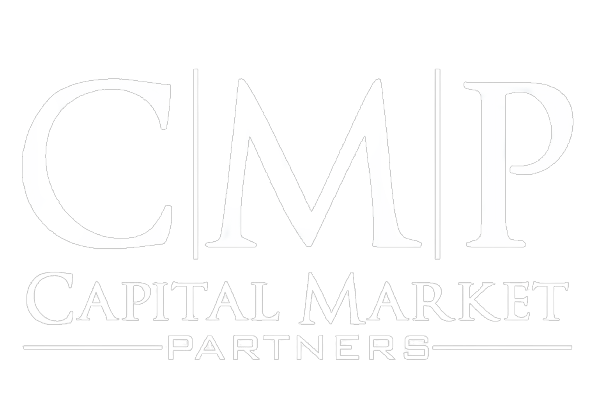The Post-Trade Open-Heart Surgery No One Can Avoid

By Søren Rahbek, Director | The 18th of November 2025
The post-trade environment is entering a phase that can best be compared to open-heart surgery. Most of the time, the system beats quietly in the background, keeping markets functioning without anyone noticing. But when something changes – or fails – the entire circulatory system of financial markets is at stake.
And right now, significant changes are underway.
A critical operation begins
Traditionally, transactions have settled, i.e. securities have been exchanged for cash 2 business days after the transaction, referred to as T+2. This allowed for identification of counterparties, correction of errors, etc. which in the older days was a quite manual process. However, the international markets are currently changing to T+1, meaning that settlement now happens the day after the trade. This obviously raises demands for new and more efficient processes, better system integrations etc. It also changes all processes related to the ownership of securities such as payment of interests or dividends and corporate actions such as mergers and acquisitions.
Also, traditionally in the Nordic markets, the institutions responsible for registration of ownership of securities and maintaining custody accounts (centralized clearing facilities) have operated with individual accounts for each client of the trading institutions (banks and brokers). This obviously creates quite detailed processes at the clearing centrals, leading to friction and increased costs.
Therefore, clearing centrals are increasingly moving to omnibus custody accounts, where all securities held by clients of a bank are held in one, common custody account with the clearing central. This also creates new demands for the financial institutions, which now must create new processes for settling securities, including maintaining their own overview of clients’ holdings.
For the Danish market, the trigger for change is a decision at Euronext Securities Copenhagen to terminate the existing solution, including all communication formats.
So, both the transition to t+1 and the transition to omnibus accounts create new demanding requirements for the financial institutions, which will have to adjust their system landscapes accordingly.
Operating on 1980s mainframes
And now the fun begins. Most financial institutions have relied on solid mainframe solutions, developed in 1980s, where securities trading became digitalized and first steps were taken towards integration of trading and settlement. Many of these solutions have over time proven to be both solid and efficient in their ability to handle huge numbers of transactions with billions of EUR in value. This has often led to systems mushrooming into related activities when markets or products developed. Data was there, technology was solid, platform was proven.
Now the systems need to change again. Many of the original developers have certainly by now retired and underlying code is difficult to access. Also, running a proprietary centralized mainframe is rarely the chosen solution today.
That is why the financial sector is currently undergoing the equivalent of open-heart and lung surgery where core platforms are replaced with more modern technology and architecture.
Therefore, there is currently a multitude of projects underway at banks and shared service centers – all keeping a keen eye on deadlines – and fingers crossed…. It is not really an option to stay outside.
The need for changes gives rise to many fundamental discussions. Should the financial institutions outsource the building and/or operations of their core settlement and custody platform? Should those who have an outsourced solution reclaim it? Should it be a “build” or a “buy” strategy and if buying a ‘standard solution’ who should then be chosen. How does one integrate multiple stakeholders?
Post-Surgery Rehabilitation
Capital Market Partners have the privilege of advising multiple projects relating to these changes. We understand the imperatives at play and see strong opportunities for creating solid future-proof solutions.
There are still significant risks and many different building blocks whose delivery needs to be tightly coordinated. We look forward to applying our knowledge and network to support the projects.
If you would like to discuss how these changes may impact your organization, please do not hesitate to contact either Christian Thygesen at ct@cmp.as or Søren Rahbek at sra@cmp.as
About CMP
Our name, Capital Market Partners, reflects what we define as our core service: Business understanding based on extensive experience in applying technology in the capital market area.
As a business partner, we offer consulting services based on our combination of business understanding and IT know-how. Our work analyzes, implementation of IT systems and other projects supports strategic decisions at different levels in complex business contexts.

